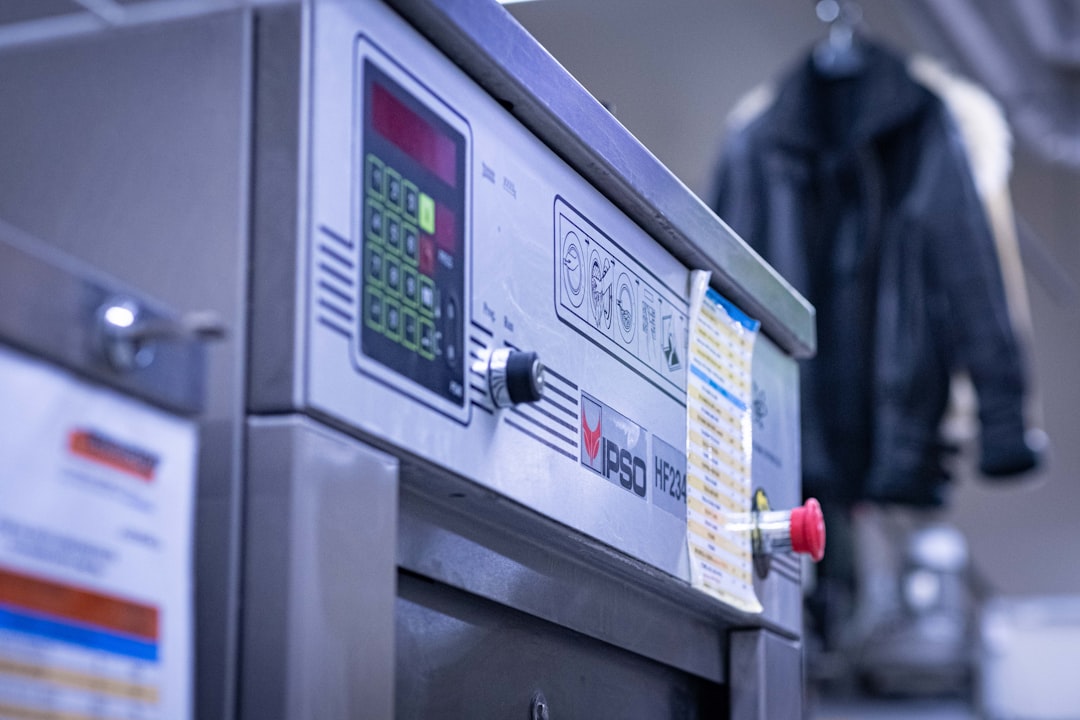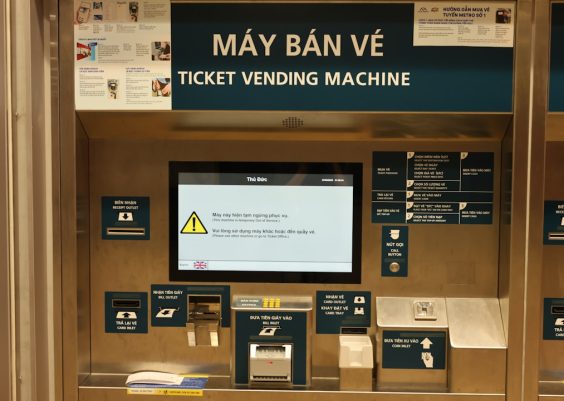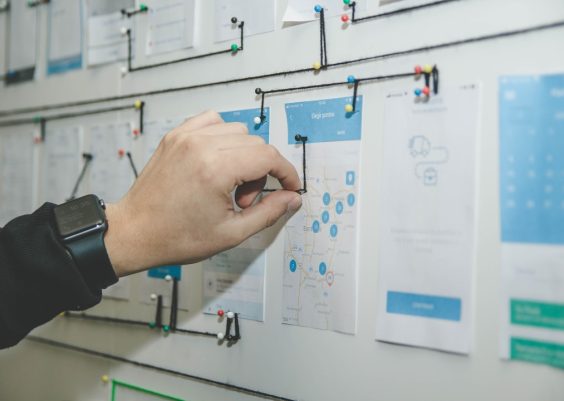In industries such as construction, utilities, warehousing, and field services, tracking valuable assets in real time is essential. Proper asset checkout systems help companies monitor the use and location of tools, equipment, and vehicles, increasing productivity and reducing losses. As mobile technology advances, two frontrunners for field asset tracking have emerged: Near Field Communication (NFC) tags and Quick Response (QR) codes. Both offer unique benefits, but which is best suited for the job site? Let’s dive into a detailed comparison of these technologies to help you decide.
Contents
Understanding NFC Tags and QR Codes
Before evaluating their utility in the field, it’s important to understand how these technologies work:
- NFC Tags: These are small chips, often embedded in or attached to items, that use radio frequency to communicate. When brought near an NFC-enabled device (like most modern smartphones), they instantly transmit stored data such as a unique ID or URL.
- QR Codes: These are two-dimensional barcodes that store information. Users scan them with a device’s camera to retrieve asset information or access related software.
In the context of asset checkout systems, both these technologies can link an asset to digital logs capturing who used an item, when it was checked out, and when it was returned.
Advantages of NFC Tags in the Field
1. Speed and Simplicity
NFC allows almost instant communication. There’s no need to open a scanner or align a camera. Just tap the tag with your phone, and the process begins. This seamless interaction reduces checkout time, making it ideal for fast-paced environments.
2. Durable and Reliable
NFC tags can be embedded inside rugged, waterproof casings or even integrated within tools themselves, making them resilient on construction sites or outdoor locations.
3. Tamper-Proof Data Transfer
Unlike QR codes, NFC data isn’t visible or easily copied. This adds another layer of security and authenticity, especially important when tracking expensive or sensitive equipment.
4. Offline Capability
Some NFC systems can work even without internet access. Devices can locally read and store interactions, syncing with the database once connectivity is restored — a huge upside in remote field operations.

Strengths of QR Codes in the Field
1. Universally Accessible
Nearly every smartphone can scan QR codes without requiring special hardware. This universal compatibility is a major advantage, especially for smaller teams or contractors using personal devices.
2. Low Cost of Deployment
QR codes are essentially images — easily generated, printed, and attached to assets with minimal effort and cost. No need for embedded electronics or sophisticated tags.
3. High Flexibility
QR codes can store a variety of data types, from IDs to full URLs. They’re also easily updatable: if a process changes, simply generate a new code and replace the label.
4. Visual Identification
Since these codes are visible and scanned using a device’s camera, users can clearly see whether an asset has a tag. That instant recognition can streamline checkouts and audits.
Key Comparison: NFC vs QR Codes
| Feature | NFC Tags | QR Codes |
|---|---|---|
| Device Compatibility | Only NFC-enabled devices | All smartphones with cameras |
| Ease of Use | Simple tap; no aiming required | Requires camera alignment |
| Durability | Highly durable, rugged options | Prone to wear, fading, and damage |
| Security | More secure; hard to clone | Visible and easy to duplicate |
| Cost | Higher per-tag cost | Extremely low cost |
| Internet Dependency | Often works offline | Requires internet for full functionality in some cases |
Use Case Scenarios: When to Use Which
Each technology offers strong advantages, but the best choice often depends on the specific field conditions and organizational needs. Here are a few practical scenarios:
Ideal Situations for NFC:
- Heavy-duty environments like construction or oil and gas sectors
- High-value assets requiring secure, tamper-resistant tracking
- Remote job sites where internet access is poor or unavailable
- Organizations with standardized mobile devices containing NFC
Ideal Situations for QR Codes:
- Small businesses or start-ups with tight budgets
- Dynamic asset pools that change frequently
- Environments with minimal physical wear and tear on labels
- BYOD (Bring Your Own Device) workplaces using various smartphones

Hybrid Systems: The Best of Both Worlds?
Some organizations are adopting hybrid systems, using NFC tags for their most critical or frequently used equipment and QR codes for more general assets. Software platforms now often support both technologies, allowing flexible tracking across asset classes.
This hybrid approach can provide balance — leveraging the durability and security of NFC while maintaining the speed and accessibility of QR codes. During periods of rapid expansion or technological changes, having such flexibility can reduce implementation pains and enable faster staff training.
Software Integration and Workflow Automation
Another important aspect to consider is how either tagging technology fits into your broader ecosystem. Many asset management platforms integrate seamlessly with NFC or QR-based scanning tools, enabling automated data logging. Features might include:
- Time-stamped check-ins and check-outs
- Maintenance scheduling based on field usage
- Incident reporting linked directly to specific assets
- Inventory visibility across multiple locations
Choosing the right scanning method can further enhance workflow automation and reduce the chance of human error. Compatibility with mobile apps, cloud dashboards, and device APIs should be part of the decision-making process.
Conclusion
Whether you’re managing a fleet of power tools or keeping tabs on HVAC units in skyscrapers, efficient asset tracking in the field is crucial. Both NFC tags and QR codes offer powerful solutions — each bringing distinct advantages in cost, security, usability, and durability. By understanding your environment and operational needs, you can make a smarter choice that enhances efficiency, reduces losses, and empowers your workforce.
Ultimately, the decision doesn’t need to be a binary one. Forward-thinking teams are leveraging both technologies where they fit best, supported by intelligent software that bridges the gap. By integrating the right combination into your asset checkout framework, you’re setting the foundation for scalable, future-ready operations.




